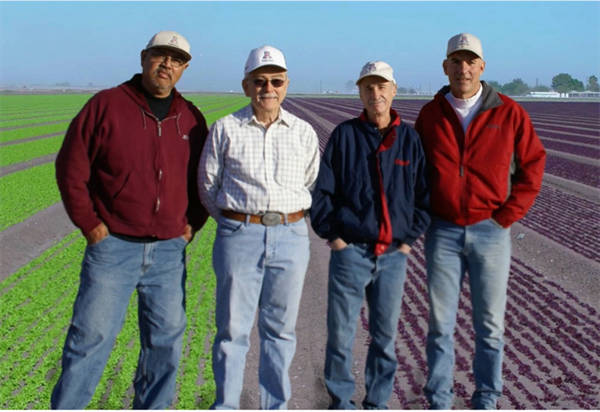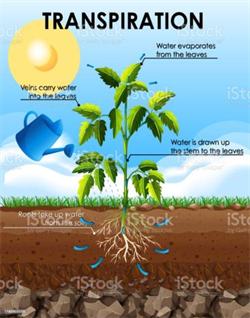-
Mar 19, 2025Insecticide Modes of Action and IRM (2025)
With the desert produce season winding down and the spring melon season beginning, now is a good time to review the insecticide chemistries commonly used in your insect management programs. This is an important consideration as you make the transition from winter produce to alfalfa, spring melons and summer cotton where many of the same insecticide products are available in all these commodities. Sustaining long-term insecticide efficacy that provides cost-effective crop protection requires a conscious effort on the part of PCAs and growers to use insecticides responsibly. Over the past 35 years, Agrochemical Manufacturers have developed and brought to market over 20 new classes of chemistry that are highly effective, selective, and significantly safer than their chemical predecessors. These include the neonicotinoids, spinosyns, tetramic acid derivatives and anthranilic diamides to name a few. Most recently, we have seen new feeding disruptor products, PQZ (pyrifluquinazon) and Versys/Sefina (afidopyropen) being applied to fall melons for virus management and in winter vegetables for aphid management. Although the development of new insecticide chemistries has been a bit slow over the past few years, we’re now seeing industry beginning to develop several new experimental insecticides for desert crops. You’ll be pleased to know that several compounds are being targeted for western flower thrips (i.e., Plinazolin). Of course, at best many of these products are a few years away from registration. But this is great news as many of the older products are slowly being phased out of the marketplace. It was just a couple of years ago that flubendiamide (Belt, Vetica) was removed from the market, chlorpyrifos (Lorsban) is now essentially gone, and EPA is currently proposing label changes to the neonicotinoids which could impact their use on many important crops. Thus, it is imperative to sustain the efficacy of the newer insecticide tools currently available and Insecticide Resistance Management (IRM) is now more important than ever.
The most fundamental approach to IRM is to minimize the selection of resistance by a pest to any one type of insecticide chemistry. The key to sustaining insecticide susceptibility is to avoid exposure of successive generations of an insect pest population to the same mode of action
(MOA). Historically, alternating, or rotating compounds with different MOA each time you spray has provided sustainable and effective IRM in our desert cropping systems. When it is comes to IRM; “rotation, rotation, rotation”. In other words, never expose a generation of insects to the same MOA more than twice. The Insecticide Resistance Action Committee (IRAC), a coordinated crop protection industry group, was formed to develop guidelines to delay or prevent resistance. Using their most recent information we have produced a brief publication which provides the latest local information on the modes of actions, routes of activity and pest spectrum for important insecticide chemistries used in desert produce and melon crops - see the attached Insecticide Modes of Action on Desert Produce Crops. This classification list will provide you with an additional set of guidelines for the selection of insecticides that can be used in desert IPM programs.
 To contact John Palumbo go to: jpalumbo@ag.Arizona.edu
To contact John Palumbo go to: jpalumbo@ag.Arizona.edu



















